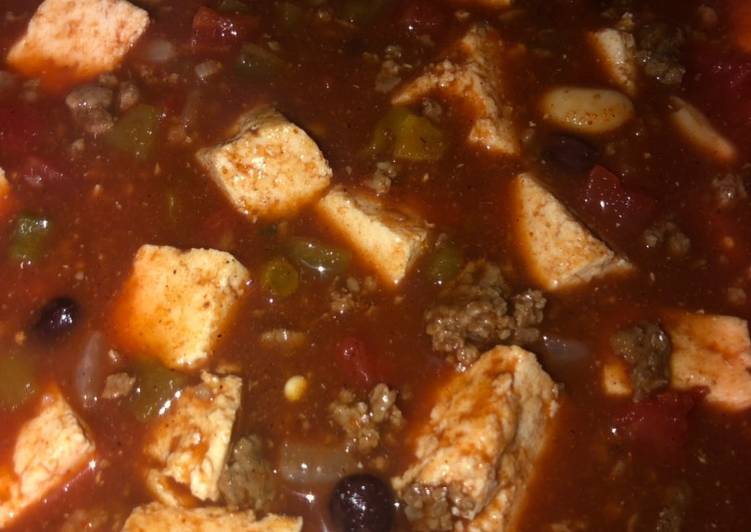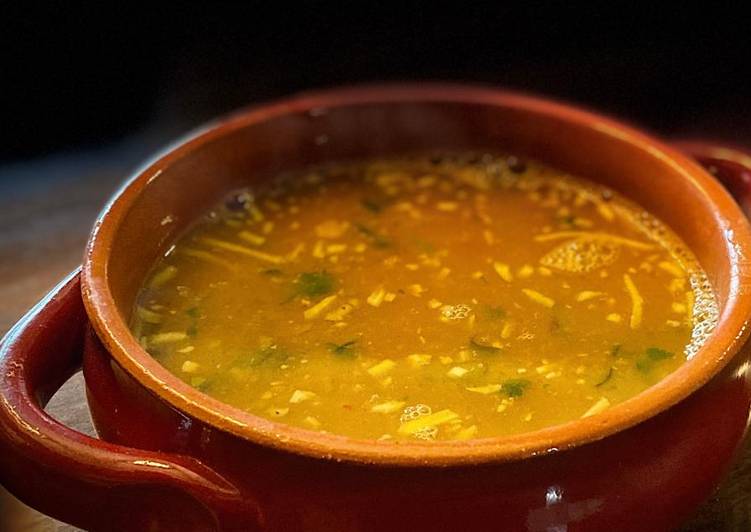
Hello everybody, I hope you’re having an incredible day today. Today, I will show you a way to make a distinctive dish, the classic sayadieh: lebanese fish with rice. One of my favorites. This time, I am going to make it a bit unique. This will be really delicious.
Sayadieh Samak is a Lebanese fish and rice recipe similar to biryani but the flavors are definitely Middle Eastern. This Arabic recipe uses fresh Mediterranean fish, such as snapper, Raquette or grouper cooked in rice with almonds and pine nuts, coriander and lemon. Another classic Lebanese dish I grew up eating is called Sayadieh, which is basically a Middle Eastern fish and rice dish.
The Classic Sayadieh: Lebanese Fish with Rice is one of the most favored of current trending foods on earth. It’s enjoyed by millions every day. It is easy, it’s fast, it tastes delicious. They’re fine and they look wonderful. The Classic Sayadieh: Lebanese Fish with Rice is something that I’ve loved my entire life.
To get started with this recipe, we must prepare a few components. You can have the classic sayadieh: lebanese fish with rice using 12 ingredients and 9 steps. Here is how you can achieve that.
The ingredients needed to make The Classic Sayadieh: Lebanese Fish with Rice:
- Prepare sea bass, or any other large white fish such as red snapper or cod
- Get long grain rice, rinsed and drained
- Get large onions
- Prepare olive oil
- Get vegetable oil
- Get raw pine nuts
- Take almonds
- Get turmeric
- Make ready cumin
- Make ready caraway
- Make ready cinnamon
- Get salt
Please note, for baharat spice mix, you may go to Recipe. The best parts about sayadieh, the classic Lebanese fish and rice dish, are the caramelised onions and aromatic fish stock used to cook the rice. Lightly season the fish with salt and pepper, add to the pan and cook until crispy on both side. Remove from the pan, leaving the oil in the pan, and drain.
Instructions to make The Classic Sayadieh: Lebanese Fish with Rice:
- In a pan, fry the almonds and pine nuts in 3 tablespoons vegetable oil until they turn light brown. Remove from pan and set aside on a kitchen absorbent paper. Reserve the pan for frying the fish.
- Rub the inside and outside of the fish with some salt and olive oil.
- Add the remaining vegetable oil to the pan and fry the fish until tender. Turn off the heat.
- Remove the fish from the pan and keep the oil in the pan.
- Peel the skin off, and remove the bones and head. Discard the bones and keep the head. Cut the fish flesh into big serving pieces and set aside.
- Fry the onions, in the reserved oil in the pan, until crispy and brown in color. Remove 3 tablespoons of the fried onions and keep aside for the garnish.
- Add the fish head, the spices, and 4 cups of hot water to the fried onions in the pan. Cover the pan and let it simmer for 30 min on medium heat or until the onions become very soft.
- Remove the fish head. Bring the sauce to a boil then add the rice. Cover the pan and cook the rice over low heat for 25 min. Add more hot water if needed and taste to see if more salt and seasoning is needed. The rice is cooked when all water has evaporated.
- Put the rice in a serving plate. Place the fried fish pieces on top and sprinkle with the fried onions, pine nuts and almonds. Serve immediately.
Sayadieh is a seasoned fish and rice dish from Lebanese cuisine, made with cumin and other spices. The spice mix is called baharat in Arabic and its preparation varies from cook to cook but may include. This traditional combination of rice and fish is typically prepared with white fish such as sea bass or red snapper. The fish is fried or baked separately, while the rice is cooked in a special fish broth that is prepared with fried onions and bahārāt - a traditional Where to eat the best Sayadieh in the world. Sayadieh (Fish and rice) is a delicious Lebanese recipe served as a Main.
So that’s going to wrap it up with this special food the classic sayadieh: lebanese fish with rice recipe. Thank you very much for reading. I am sure you will make this at home. There’s gonna be more interesting food in home recipes coming up. Don’t forget to save this page in your browser, and share it to your family, friends and colleague. Thanks again for reading. Go on get cooking!

